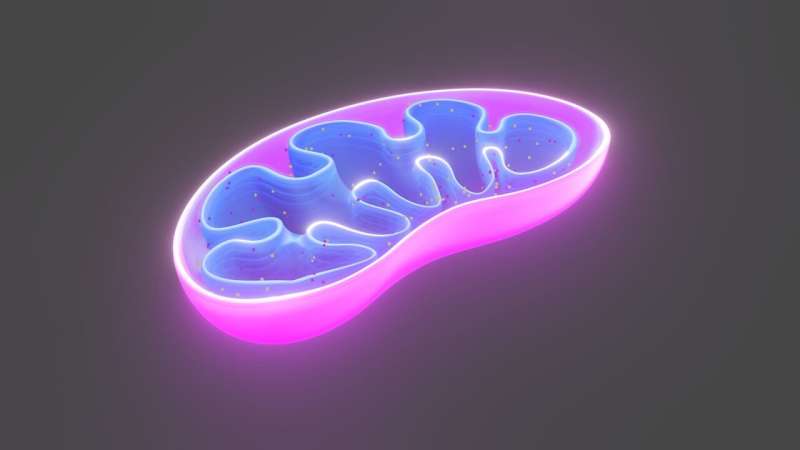
Compartmentalization is one of
the main strategies by which nature allows for control over many biological
processes. For the proper functioning of living cells, organelles, small
compartments within the cell, are essential. Researchers are working on ways to
make artificial organelles that add new functionalities to cells or correct
dysfunctional processes in cells, for example as a therapy for metabolic
diseases. This can be achieved by using synthetic components to produce
artificial organelles outside the cell or by using components made in the cell.
And it's the latter approach that Suzanne Timmermans explored for her Ph.D.
research through the use of protein nanoparticles.
Stabilizing domains
For her Ph.D. research, Suzanne Timmermans used protein nanoparticle to develop artificial organelles that could do new jobs in the cell. These microscopic particles are composed of viral capsids (the protein shells of viruses) to which a stabilizing protein domain was added.
Timmermans demonstrated that the nanoparticles are stable over prolonged times under conditions that are comparable to those inside cells. This is crucial for the correct functioning of an artificial organelle, as it would be very destructive if it were to disintegrate and lose its function inside the cell. In addition, the stabilizing domains enable the nanoparticles to react to their environment by changing their size. The natural processes in the cell often demonstrate such responsive behavior, so it is very important to mimic this.
Active component
To have a particular function in the cell, an artificial organelle must contain an active component. Enzymes are excellent candidates, as these protein catalysts can be produced by cells, they are naturally active inside cells, and many enzymes with all kinds of functionalities are known.
The protein nanoparticles used by Timmermans consist of an empty core. She demonstrated that it is feasible to encapsulate enzymes in that core. This was achieved both outside of cells and within living cells. Specifically, the latter finding is very promising for the development of an artificial organelle.
Beneficial effect on and inside cells
Finally, Timmermans evaluated whether the artificial organelles have a beneficial effect on and inside cells. First, she employed the activity of the encapsulated enzymes for the production of a compound that could be used by the cell to produce a certain protein. Next, she evaluated whether encapsulation inside the artificial organelle could protect the enzyme from rapid degradation by so-called proteases. This aspect of the project proved very challenging to prove, and this project is still in development.
Altogether, Timmermans's research has advanced knowledge on the development of artificial organelles that are produced inside cells. Important challenges that still have to be overcome are the realization of the activity of the artificial organelles inside cells, the regulation of this activity by specific signals, and the detection of the organelles inside cells. By collaborating with different scientific disciplines and by employing the developments that have been made with other protein nanoparticles, Timmermans hopes that these hurdles can be overcome in the future.

 Previous page
Previous page Back to top
Back to top







